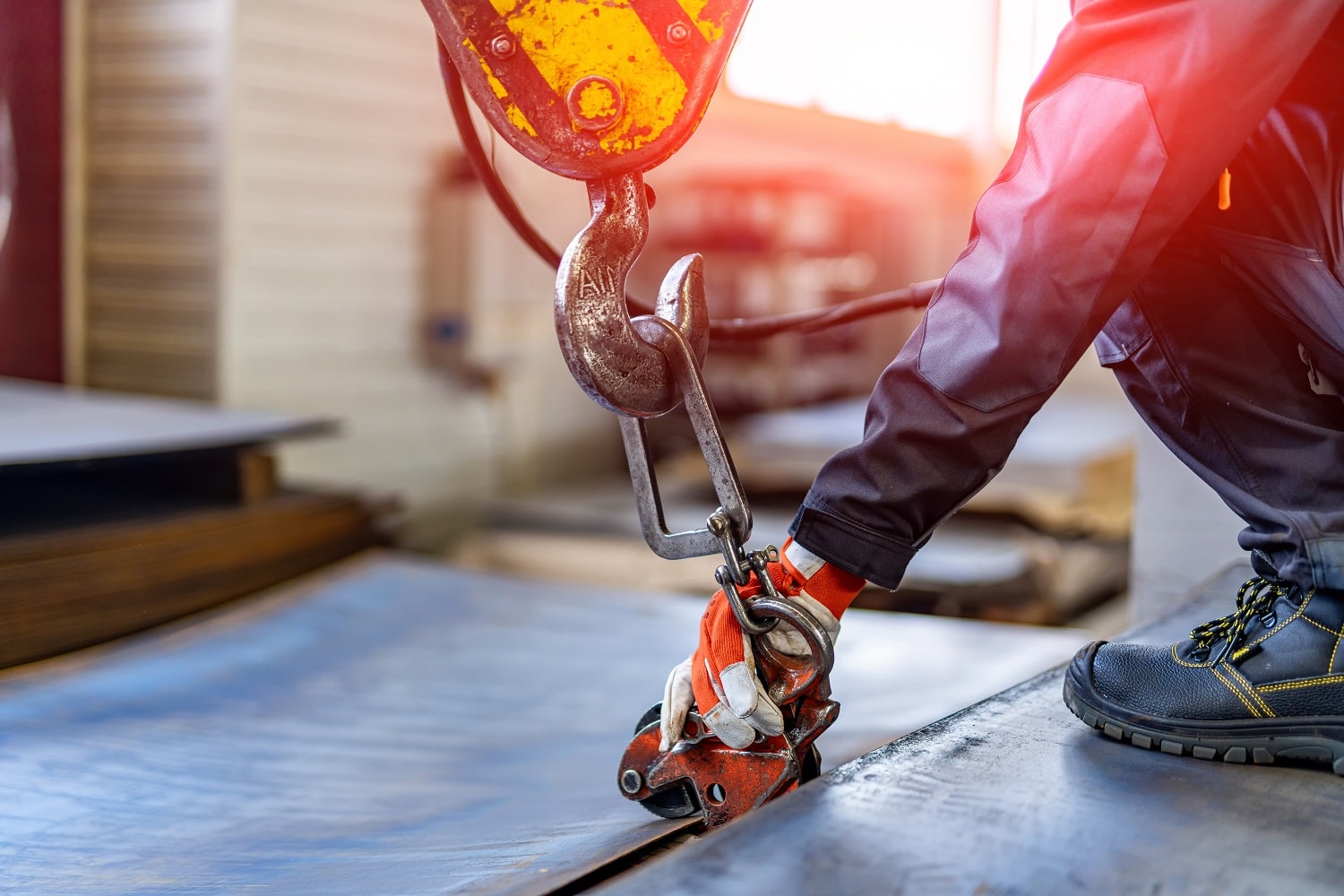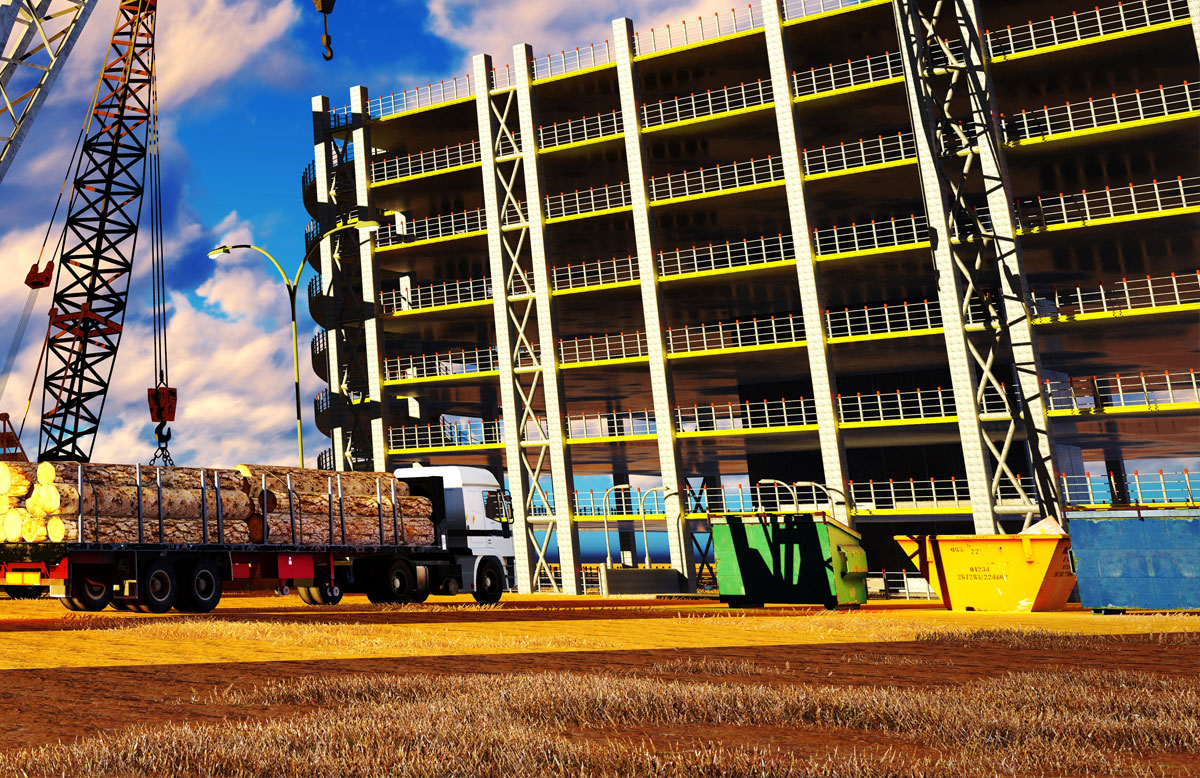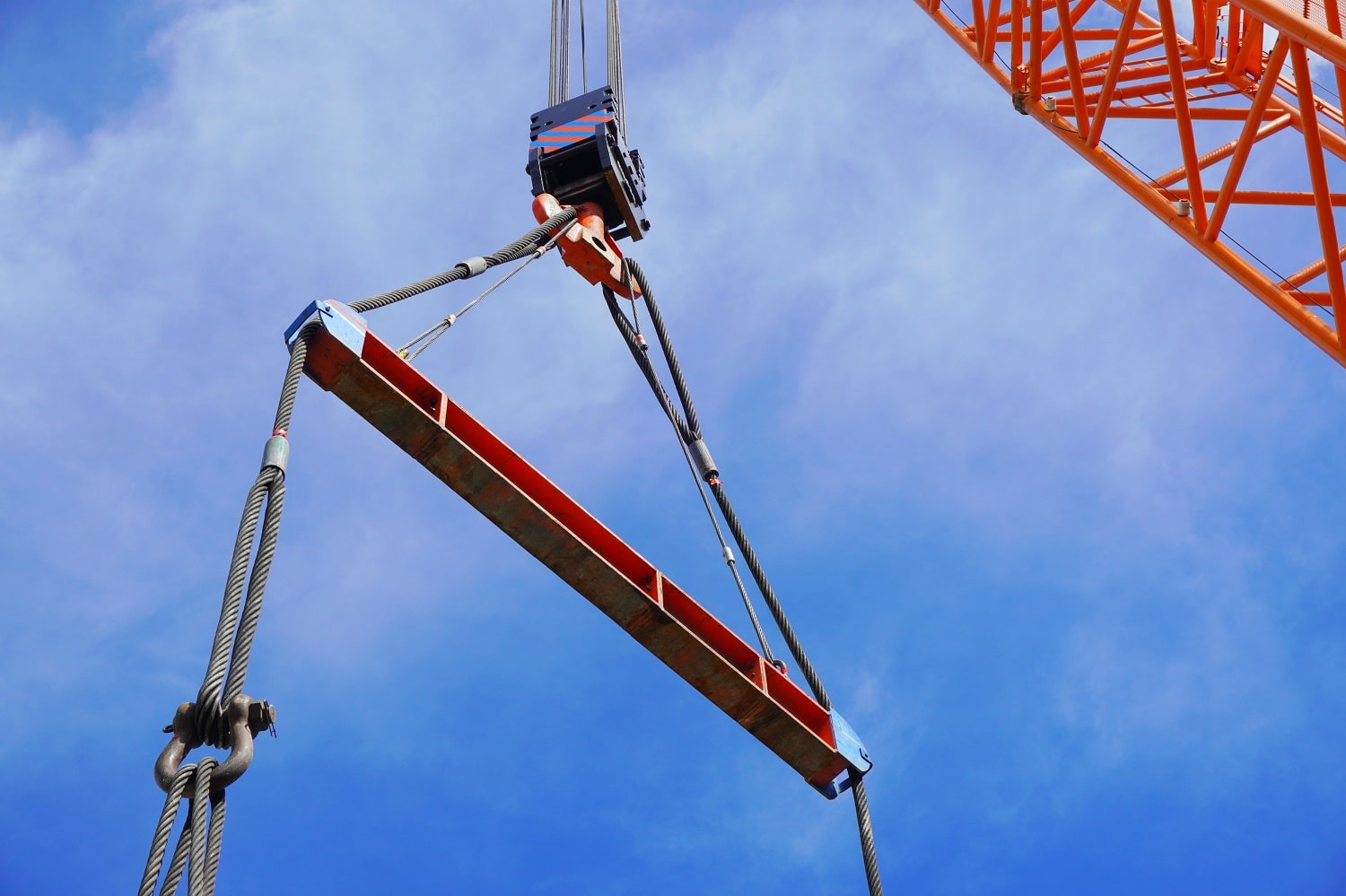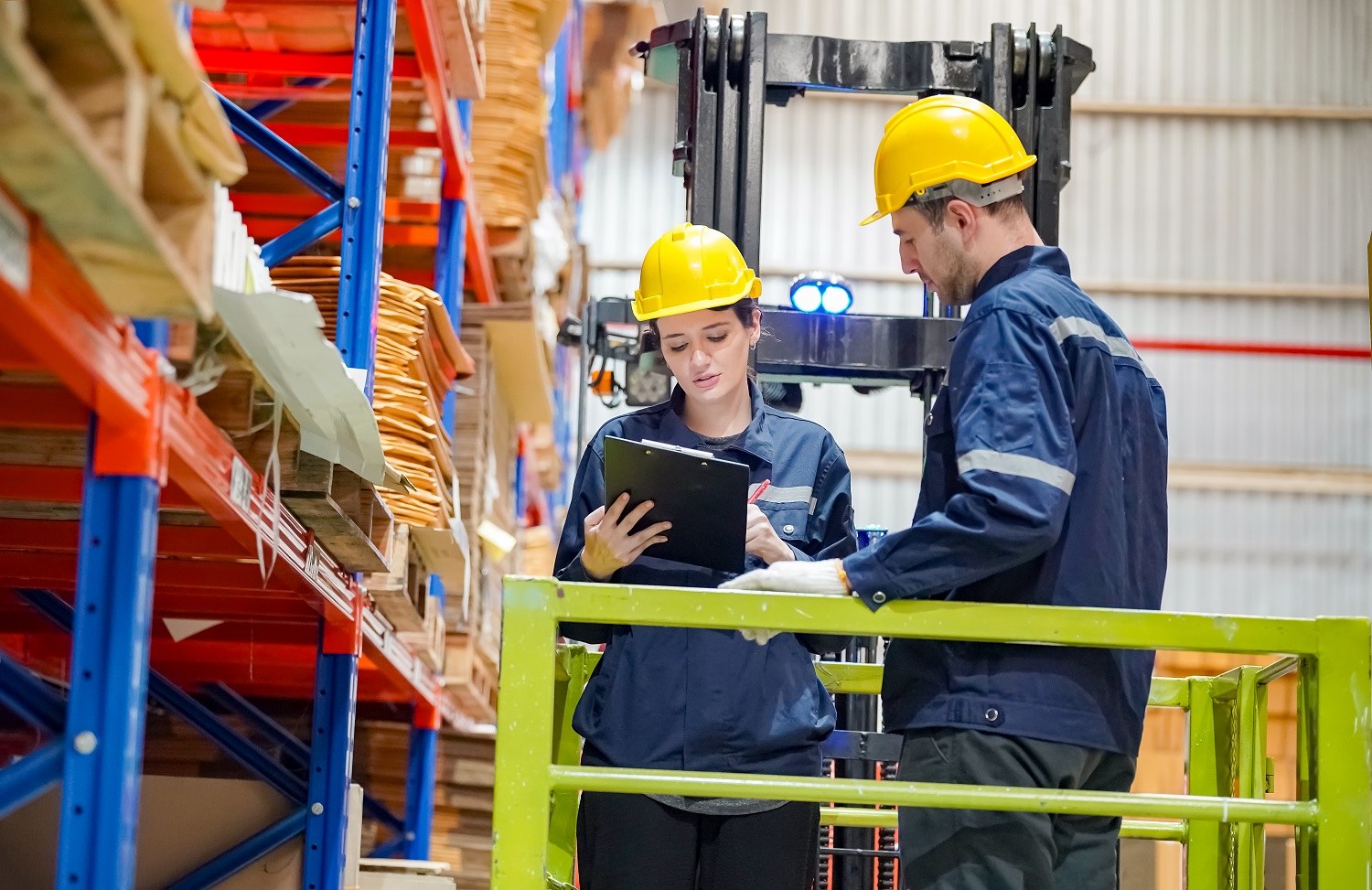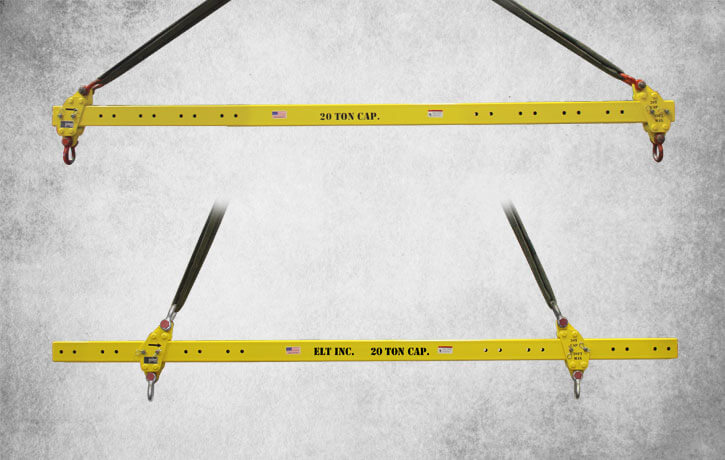Material Handling Tips When Operating Heavy Lifting Equipment
Various fields like manufacturing, vehicle, and construction require dealing with, and operating heavy lifting equipment. Maybe you are an experienced worker who is confident in using heavy lifting equipment or someone overseeing the lifting process, or heavy lifting is just a core component of your business. Whatever it is, material handling tips would benefit you in preventing accidents on the work site.
- Pre-planning Lifting Heavy Equipment:- Draft a plan before lifting any heavy material. Consider factors like the weight of the load, the center of gravity of the material to be lifted, the object’s overall maximum dimensions, height restriction, and risk assessment. After that, accordingly, choose the right rigging gear, numbers, and locations of lifting lugs to create a detailed rigging plan.
- Training Workers To Be Skilled:- One can never be too careful. Despite following precautions and identifying possible safety hazards, rigging accidents do occur on sites. It’s the best bet to use skilled workers and continue training them to increase their efficiency in lifting heavy loads. Something as minor as maintaining correct posture can come a long way. It’s also important to update your workers with up-to-date knowledge as different equipment needs to be handled differently. Even if there is no new type of equipment to deal with, regular training can help the workers refresh their previous knowledge as well.
- Safe Material Handling Policy:- Bring your top-notch and industrially experienced workers together to create a safe material handling policy. It should include general safety tips, (such as regular inspection, wearing safety clothing, and basic safety hazards) and guidelines for handling heavy loads. A well-made policy should also address immediate steps to be taken in case of emergencies.
- Hire A Qualified Spotter:- When riggers don’t have a clear view of the load having a professional spotter on site can add to the safety measure as they have a higher vantage point compared to the operator. One should only hire experienced and professional spotters so that any material handling or operating mistakes can be spotted immediately to prevent accidents from occurring. Even the smallest mistakes in the case of lifting can cause damage to life and property.
- Regularly Inspect Lifting Equipment:- Maintain a daily or weekly crain check. Go through this inspection checklist before carrying out a heavy lifting,
– Suitability of equipment
– Legible identification markings on the lifting equipment
– Positioning and installing of the machine
– Strength and stability
Usually a visual inspection is more than enough. But only an expert should carry out the check. Do not use equipment with any damaged or loose parts. In addition to this you need to get your equipment checked properly by a professional once or twice a year. ASME guidelines require one to document each such inspection. Violating this guideline can cause you to face legal consequences and put your employees at safety risk.
- The Weight Of The Load Should Fit The Equipment:- Every lifting equipment has a working load limit along with some more specifications. Usually it’s marked on the equipment itself or on the documents. If loads aren’t lifted according to that, materials might get damaged. Not to mention this can also lead to the equipment crashing down. Implement monitoring systems to verify that the equipment isn’t overloaded. Trying to load a 50-ton wire coil with a c-hook capable of lifting 40 tons is nothing but a recipe for disaster.
- Use The Correct Equipment :- As simple as it sounds, one of the most common reasons behind most safety hazards are not using a lifting equipment for its intended purpose. Using proper equipment also speeds up the lifting process and optimizes your resources. For example, using a conveyor belt system helps in handling weight loads of various shapes and sizes, while using an electric hoist it’s more suitable to choose one with more rated capacity than the weight of the load. You also need to take, lift height, lift distance, required movement etc. into consideration.
Besides these, here are some more easy to follow reminders to safely handle material when operating heavy lifting equipment,
- Do not try adjusting the load manually – well designed lifting equipment can easily adapt to the material’s movement and lift accordingly.
- Prevent accessing dangerous parts – Try using fixed guards to prevent access to dangerous parts of the material. When guards don’t provide complete enclosure, try interlocking the guard or using trip systems.
- Use necessary safety equipment – If you are operating a lifting equipment then wear the mandatory safety equipment as in, helmets, boots, goggles e.t.c. If you are a supervisor then ensure that the workers are using them.
- Don’t let anyone stand under the load – As obvious as it sounds, many workers tend to stand under the load while it’s being lifted. The overseer should not let anyone stand under the load since that person is at the risk of being hit in case something goes wrong. One should always maintain a safe distance.
To conclude with, ensure regular inspection, suitable equipment use, trained workers following planned-lift and safety policy and the risk in case handling material while operating lifting equipment will be greatly minimized.

